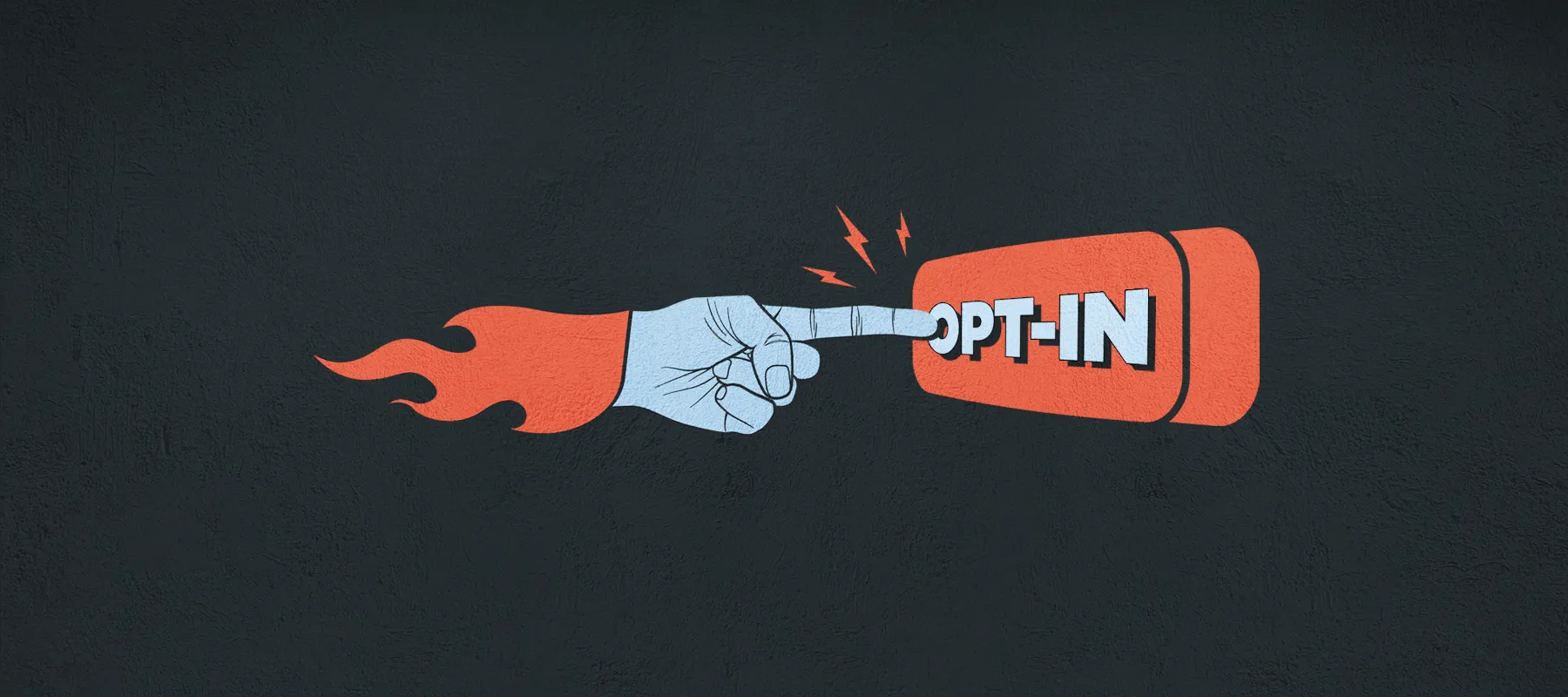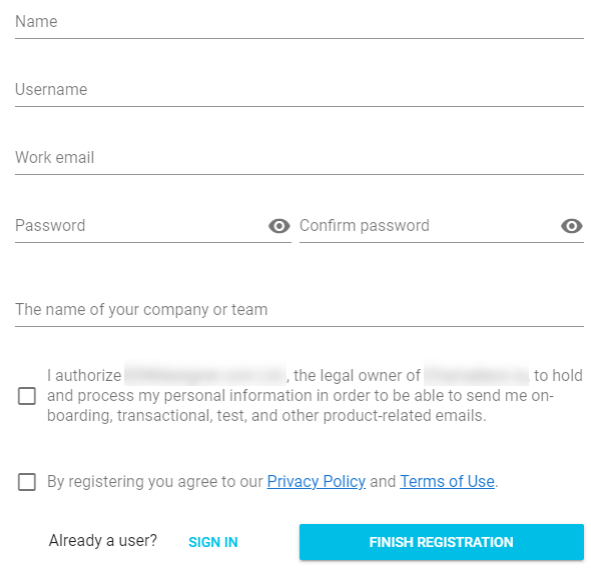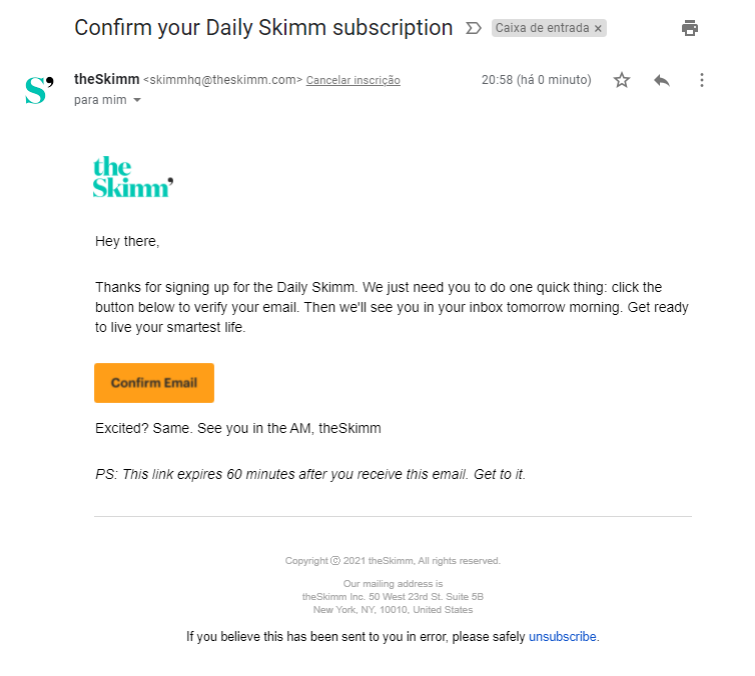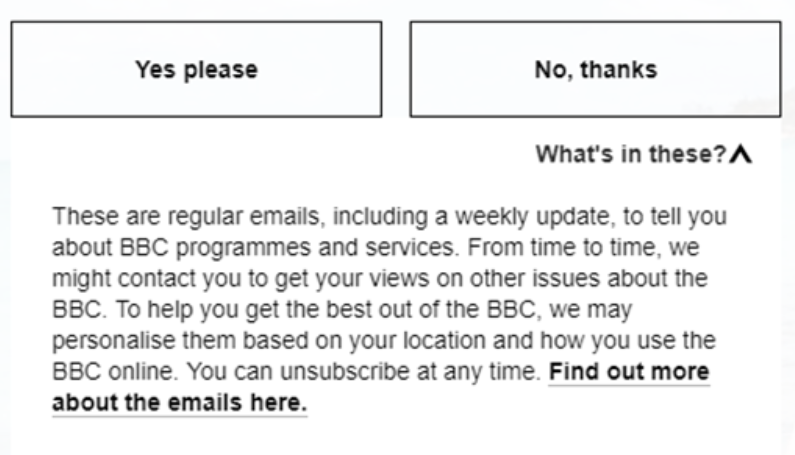
Considering developing privacy legislation, it is important for marketers to understand their responsibility when it comes to how they collect and process consumer data. This starts with a solid form of consent, or opt-in, from the subscribers on their lists.
Your subscriber acquisition process should provide clear disclosure and benefits of signing up, set expectations, and most importantly, ask for consent. These best practices have been used for years by email marketers. Most recently, legislations such as EU’s GDPR, Brazil’s LGPD, Canada’s CPPA, and California’s CCPA have come to define how data may be collected and processed.
When updating your sign-up forms, consider the following information about opt-in best practices and how it can contribute to increasing overall customer lifetime value.
Legislations
GDPR came into effect in 2018, setting the bar for how governments and corporations should collect, protect, and process people’s information. It introduced important requirements for companies to follow, which often meant changing their sign-up pages to provide data subjects with more transparency and choices and make people aware of how their data can be used.
GDPR was designed to protect EU citizens’ data, and therefore contains an extraterritorial effect. Companies anywhere in the world that use EU citizens’ data, whether to sell goods/services or monitor online behavior, need to comply to it. The same goes for Brazil’s LGPD and Canada’s CPPA, which ensure companies outside their territories obey their definitions under possible sanctions and fines.
These laws help stimulate the adoption of policies and practices aligned with important data protection principals and definitions. By asking questions like, “what are valid forms of consent?” these laws are changing how companies collect user data. Also, according to this report by the DMA, these laws are contributing to an increase in consumers’ trust in brands and marketing.
Although Validity has lots of content on making the most out of your email marketing strategy and improving deliverability in a world with GDPR, LGPD, and California’s CCPA, we encourage you to seek specialized legal advice to ensure that your company is following relevant legislations.
Soft? Single? Or make it a double?
Adding new subscribers to a send list is often done by presenting a webpage inviting them to provide your company with some sensitive data. You might be wondering, “who in their right mind would do this?” According to Forbes, while people are generally becoming more reluctant to share their personal data, most people are still willing to share their email address. This is because when you inform potential subscribers of the clear benefits of staying connected and set expectations for what they’ll receive in their inboxes, people will gladly sign up!
The best subscribers are those that have shown interest in your brand and want to stay connected through options offered to them. This is the main concept behind opt-in mechanisms, such as providing consent in sign-up forms. There are different approaches to opt-ins – each with its pros and cons.
Soft opt-in
The term “soft opt-in” is often used when companies collect email addresses during checkout, or when the user creates an account with the company.
The pros of this type of opt-in are that the subscriber does not need to actively subscribe to your email, allowing you to continue mailing to existing email lists. The biggest disadvantage is that subscribers might not be expecting messages from your brand that aren’t relevant to their interests. Messages sent using this type of opt-in are more likely to be viewed as spam, since not every message you’re sending was solicited. Therefore, this type of opt-in is not technically considered consent.
The following is an example of what a soft opt-in might look like:
Single opt-in
Single opt-in is when subscribers are immediately added to your email list after signing up via a subscription form. They’ll start receiving your emails right away, and there is no need for further confirmation. In the following example, we can see a subscription form that asks for authorization to send specific types of email messages:
The pros of this type of opt-in are that it gives the subscriber control and is considered a valid form of consent under GDPR. The cons are that pre-checked checkboxes in a subscription form often lead to unengaged lists, and there’s no way to guarantee the email address exists and belongs to the visitor.
Double opt-in
Double opt-in, also known as confirmed opt-in, is when subscribers are required to confirm their request twice. For example, the following message was sent immediately after the subscriber submitted the opt-in form. The message is effective in getting the subscriber to stop everything and click on the link to confirm their request.
The pros of this type of opt-in are that it ensures the entered email address exists and belongs to the visitor, increases subscriber engagement since they need to confirm their interests before receiving emails, and results in less spam reports.
The biggest drawback of double opt-in is that it requires a human confirmation. While confirmation is a good thing, it requires the user to remember, willingly open their mailbox, and click on a link. The numerous steps this opt-in requires can result in shorter lists, but the plus side is these lists will be full of highly engaged subscribers.
Whichever approach your brand takes to acquiring consent, it is important to consider the benefits and drawbacks of each. There will be cases where soft or single opt-in might make sense, but double opt-in will almost always result in the most engaged lists.
Be transparent with your subscribers.
Sign-up forms are often the only place where people will willingly provide their personal information. Therefore, they’re a great place for your brand to make a positive impression. Companies are usually so focused on acquiring new customers that they forget to inform the visitor of what they’re signing up for. Giving this information in the beginning can help build trust between you and your potential customers.
Nowadays people are more aware of who they share their data with, and they want to know how it will be used and what other companies it will be shared with. Here is where transparency is key. Setting expectations on what’s to come brings the subscriber more awareness and helps them look forward to receiving your email.
For example, BBC provides their visitors with a sign-up process that demonstrates value, provides clear disclosure on what to expect from their email program, and includes an opt-in request that requires the visitor to make a conscious decision.
Conclusion
In conclusion, marketers can reduce the risk of jeopardizing their email sender reputation by weighing the pros and cons of known opt-in strategies. By having opt-in forms that provide visitors with the benefits of sharing their data, information about data collection (transparency), and setting expectations on what is to come, companies can increase sign-up conversions and improve their email marketing.



